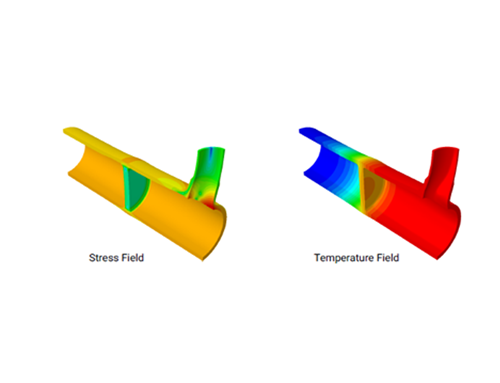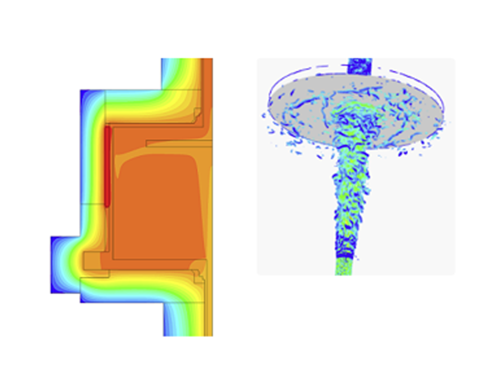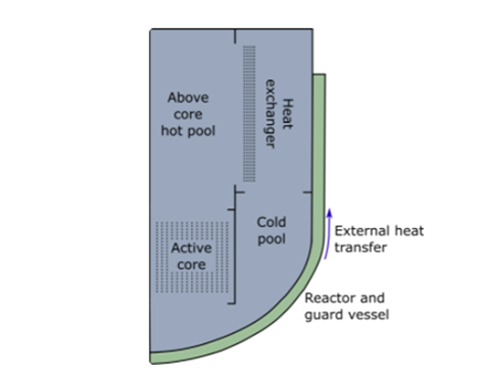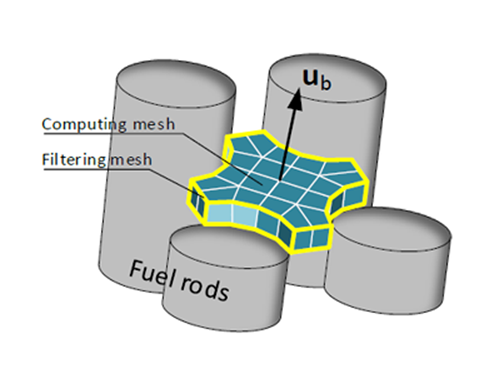-
Client
UK Department for Business, Energy and Industrial Strategy
-
Business need
An ambition to develop the UK as a significant partner in the next generation of nuclear reactor design and deployment.
-
Why Frazer-Nash?
Frazer-Nash Consultancy has a strong history of conducting world-leading computational fluid dynamics and thermal hydraulic modelling for multiple industries.
Background
The UK Government’s 2013 Nuclear Industrial Strategy described significant ambitions to grow the UK’s nuclear capability.
To help fulfil the strategy’s objectives, a ‘Nuclear Innovation Programme’ (NIP) was launched, with the aim of developing the UK as a significant partner in the next generation of nuclear reactor design and deployment.
Frazer-Nash Consultancy led a multi-phase R&D programme running until 2021 in the field of nuclear thermal hydraulics under the NIP. We were supported in this delivery by a team of organisations including both UK and international industrial and academic partners.
Our NIP programme has brought the UK thermal hydraulics community together, provided an impetus for model development and experimentation in this field, and initiated a number of international activities. The technical outputs of this work are captured within technical volumes and case studies, summarised below.
Technical volume summary
- Introduction to the technical volumes and case studies
- Convection, radiation and conjugate heat transfer
- Natural convection and passive cooling
- Confidence and uncertainty
- Liquid metal thermal hydraulics
- Molten salt thermal hydraulics
These technical volumes do not only cover modelling guidance – they also describe how analysis fits into the graded approach of regulatory frameworks, and the use of conservative vs best estimate plus uncertainty (BEPU) models.

Technical volume 2 - convection, radiation and conjugate heat transfer




